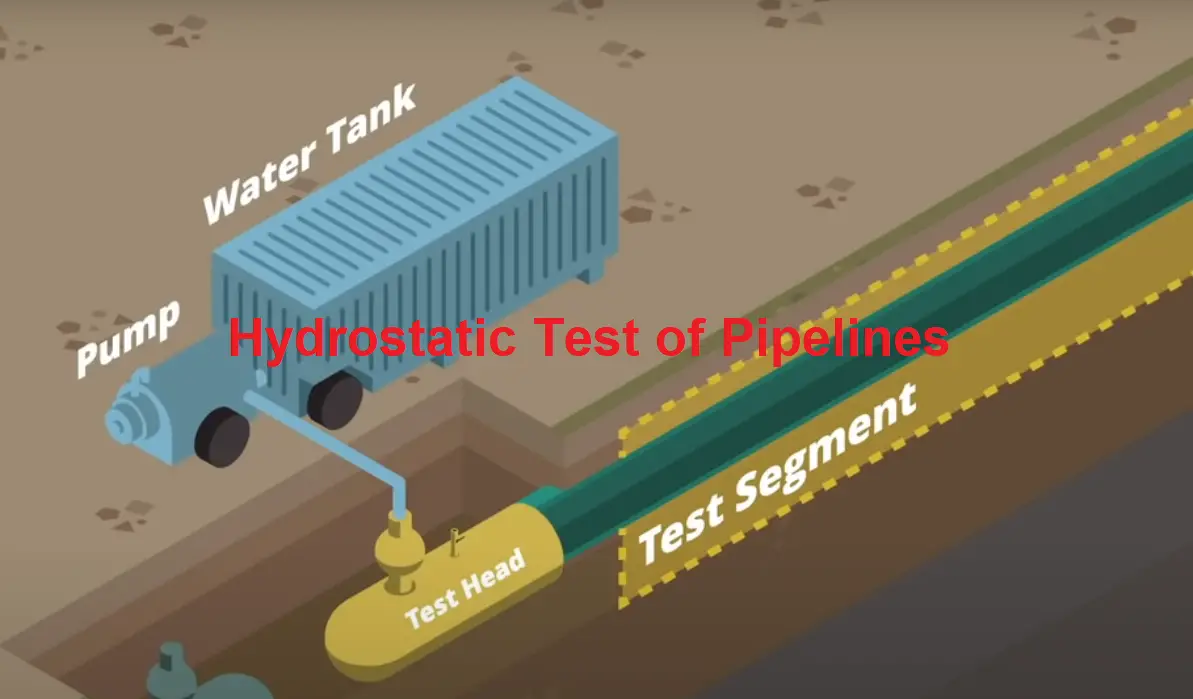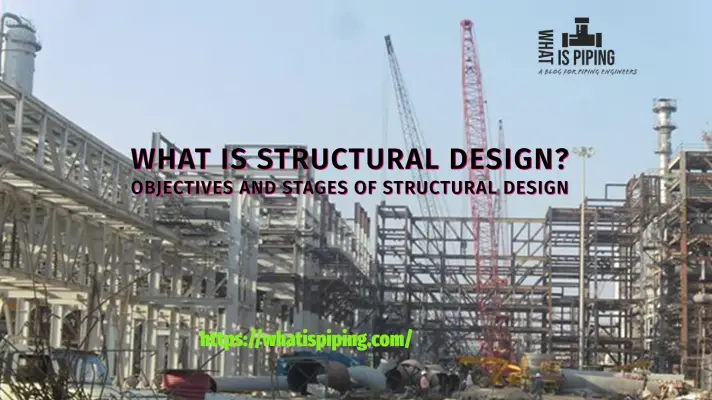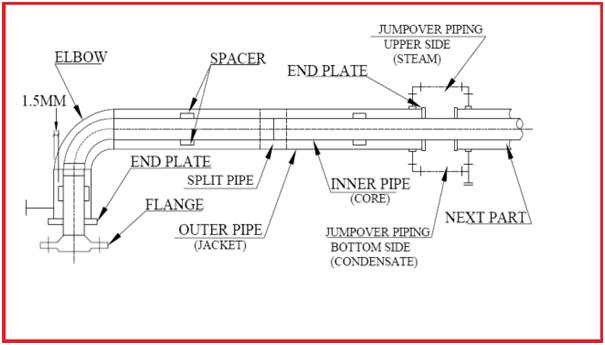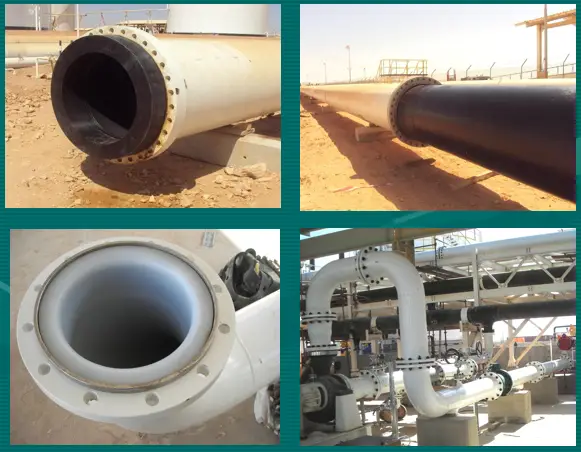In the world of materials testing, there’s a method that goes beyond the surface to uncover the true strength and resilience of various substances. Burst testing, also known as burst strength testing or burst pressure testing, is a crucial evaluation technique used across industries to determine how much internal pressure a material can withstand before it ruptures or bursts. This test sheds light on the structural integrity and reliability of materials, ensuring they can withstand the rigors of real-world applications.
What is Burst Testing?
At its core, burst testing involves subjecting a material, usually in the form of a sealed sample or container, to increasing internal pressure until it ruptures. The pressure is typically applied using a hydraulic or pneumatic system, and the process is closely monitored to record the pressure at which the rupture occurs. This critical point is then used to assess the burst strength of the material.
Burst tests are conducted under controlled conditions to ensure accurate and repeatable results. The data obtained from these tests is essential for quality control, product development, and regulatory compliance across a wide range of industries, including manufacturing, packaging, automotive, aerospace, and more.
In the piping industry, the burst test is quite popular for expansion bellows and pressure vessels to determine the ultimate pressure resistance. The hydraulic pressure on the bellows is slowly increased till it fails. And based on the burst test results, a safety factor is applied which finally establishes the ultimate pressure rating of the expansion bellow.
Importance of Burst Testing
Burst testing offers several key benefits that make it an indispensable tool in the world of materials testing:
- Safety Assurance: In industries where materials are used in high-pressure environments, such as pressurized containers or hydraulic systems, knowing the burst strength of materials is crucial to prevent catastrophic failures that could lead to accidents, injuries, or damage.
- Quality Control: Burst testing is a valuable quality control measure during the manufacturing process. It helps identify weak points or inconsistencies in the material’s composition or fabrication, ensuring that only products meeting the desired specifications are released to the market.
- Product Development: Engineers and designers rely on burst testing to fine-tune and optimize their designs. By understanding a material’s burst strength, they can make informed decisions about material selection, thickness, and other factors that influence the overall performance and longevity of the final product.
- Regulatory Compliance: Many industries are subject to strict regulations and standards regarding the use of materials in specific applications. Burst testing provides the necessary data to demonstrate compliance with these regulations and ensure the safety and reliability of products.
Types of Burst Testing
Several methods of burst testing are commonly used, each catering to different types of materials and applications:
- Diaphragm Burst Testing: This method involves clamping a material sample between two diaphragms and subjecting it to increasing pressure until the diaphragm ruptures. It’s often used for flexible materials like plastics, rubber, and textiles.
- Constant-Rate-of-Traverse (CRT) Burst Testing: CRT testing applies a constant force to a sample, resulting in a gradually increasing pressure. This method is suitable for rigid materials such as metal or glass.
- Mullen Burst Testing: Commonly used in the paper and packaging industry, Mullen burst testing measures the pressure required to rupture a sheet of paperboard. It helps assess the strength and durability of packaging materials.
- Ball Burst Testing: In this method, a metal ball is pressed against a material until it bursts. It’s often used for evaluating the burst strength of nonwoven materials and textiles.
Burst Test Machine
A burst test machine, also known as a burst tester, is a specialized testing equipment used to conduct burst tests on various materials and products. Burst testing is a critical process that involves subjecting a material to increasing internal pressure until it ruptures. This test helps determine the maximum pressure a material can withstand before it fails or bursts, providing valuable insights into its structural integrity and quality. Burst test machines are essential tools in industries such as manufacturing, packaging, textiles, automotive, aerospace, and more.
Key Components of a Burst Test Machine:
- Pressure Generation System: This system is responsible for applying internal pressure to the test specimen. It typically consists of hydraulic or pneumatic components, such as pumps, cylinders, regulators, and valves, that work together to gradually increase the pressure until the material ruptures.
- Clamping Mechanism: The test specimen needs to be securely held in place during the test. The clamping mechanism ensures that the specimen remains properly positioned and prevents any external factors from affecting the test results.
- Pressure Measurement and Control: Burst test machines are equipped with pressure sensors or gauges to accurately measure and control internal pressure. This data is crucial for determining the burst strength of the material and analyzing its behavior under pressure.
- Safety Features: Given the potentially high pressures involved in burst testing, safety features are paramount. Machines may include emergency shut-off mechanisms, pressure relief valves, and protective enclosures to ensure the safety of operators and prevent accidents.
- Data Acquisition and Analysis: Modern burst test machines often come with data acquisition systems that record and analyze the pressure data during the test. This information is useful for generating test reports, conducting statistical analysis, and comparing test results.
- Software Interface: Many advanced burst test machines are equipped with user-friendly software interfaces that allow operators to set test parameters, monitor the test progress, and visualize the pressure curves in real-time.
Burst Test Standards
Burst test standards are established guidelines and specifications that define the procedures, equipment, and parameters for conducting burst tests on various materials and products. These standards ensure consistency, accuracy, and reliability in testing, and they are widely used across industries to assess the burst strength and performance of materials. ASME Sec VIII Div 1 is the main code that governs the burst test for components required in the oil and gas, chemical, and petrochemical industries
Here are some of the other prominent burst test standards used in different sectors:
- ASTM D3786 – Standard Test Method for Bursting Strength of Textile Fabrics – Diaphragm Bursting Strength Tester Method: This ASTM standard outlines the procedure for determining the bursting strength of textile fabrics using a diaphragm bursting strength tester. It is commonly used in the textile and apparel industry to evaluate the strength of fabrics.
- ASTM D6797 – Standard Test Method for Bursting Strength of Fabrics Constant-Rate-of-Traverse (CRT) Ball Burst Test: This standard provides guidelines for conducting burst tests on fabrics using the Constant-Rate-of-Traverse (CRT) ball burst test method. It is another important standard for evaluating the burst strength of textiles.
- ISO 13938-2 – Textiles – Bursting properties of fabrics – Part 2: Pneumatic method for determination of bursting strength and bursting distension: This ISO standard specifies a pneumatic method for determining the bursting strength and bursting distension of fabrics. It is widely recognized in the textile industry.
- ASTM F1140 – Standard Test Methods for Internal Pressurization Failure Resistance of Unrestrained Packages: This standard is used for conducting burst tests on various packaging materials and packages. It evaluates the ability of packages to withstand internal pressure without failure.
- ASTM F2054 – Standard Test Method for Burst Testing of Flexible Package Seals Using Internal Air Pressurization Within Restraining Plates: Specifically focusing on package seals, this ASTM standard outlines the procedure for conducting burst tests on flexible package seals.
- ISO 11607-1 – Packaging for terminally sterilized medical devices – Part 1: Requirements for materials, sterile barrier systems, and packaging systems: This ISO standard is essential in the medical device industry and includes guidelines for burst testing of packaging materials for terminally sterilized medical devices.
- API RP 1110 – Pressure Testing of Liquid Petroleum Pipelines: In the oil and gas industry, this American Petroleum Institute (API) recommended practice provides guidance on the hydrostatic burst testing of liquid petroleum pipelines.
- ASME Section VIII, Division 1 – Boiler and Pressure Vessel Code: This code, developed by the American Society of Mechanical Engineers (ASME), provides guidelines for the design, fabrication, inspection, and testing of pressure vessels. It includes requirements for burst testing.
- EN 12115 – Rubber and thermoplastics hoses and hose assemblies for liquid or gaseous chemicals: In the field of industrial hoses, this European standard includes requirements for burst testing of hoses and hose assemblies used for conveying chemicals.
Burst Test for Packaging
Burst testing for packaging is a critical quality control and performance evaluation method used to assess the strength and integrity of various types of packaging materials, including bags, pouches, films, bottles, containers, and more. This testing helps determine how well packaging can withstand internal pressure before rupturing, ensuring that it can safely contain and protect its contents under real-world conditions. Burst testing is particularly important in industries such as food and beverage, pharmaceuticals, consumer goods, and industrial products.
Differences between the Burst test and the Hydrostatic test
Here is a tabulated comparison between Burst Testing and Hydrostatic Testing:
| Aspect | Burst Test | Hydrostatic Test |
| Purpose | Measures the maximum pressure a material can withstand before rupture. | Checks for leaks, defects, and strength under static fluid pressure. |
| Method | Internal pressure is gradually increased until rupture occurs. | Material or component is submerged in a fluid and pressurized uniformly. |
| Application | Common in industries like manufacturing, packaging, textiles, etc. | Widely used in pipelines, plumbing, tanks, and pressure vessels. |
| Measurement | Determines burst strength and failure pressure of a material. | Identifies leaks, deformations, and material behavior under pressure. |
| Safety Focus | Focuses on understanding material limits and preventing catastrophic failure. | Emphasizes checking for weaknesses or vulnerabilities that could cause leaks. |
| Pressure Source | Pressure is applied using hydraulic or pneumatic systems. | Fluid pressure is applied using water or other suitable test fluid. |
| Results | Provides information about the material’s burst strength and structural integrity. | Identifies weaknesses, defects, and potential failure points. |
| Quality Control | Used for product development, quality control, and safety assurance. | Ensures compliance with standards, regulations, and safety requirements. |
| Equipment | Requires specialized burst testing equipment and fixtures. | Involves hydrostatic test equipment like pumps, pressure gauges, and test chambers. |
| Material Types | Applicable to various materials, including plastics, metals, textiles, and more. | Suitable for a wide range of materials, such as metals, plastics, and ceramics. |
| Common Industries | Manufacturing, packaging, automotive, textiles, etc. | Oil and gas, construction, aerospace, and manufacturing industries. |
While both burst testing and hydrostatic testing serve distinct purposes, they are essential techniques for ensuring the safety, quality, and reliability of materials and products across different industries. Burst testing focuses on understanding material strength and failure points, while hydrostatic testing assesses a component’s ability to withstand fluid pressure and checks for potential leaks or weaknesses.
Conclusion
Burst testing plays a pivotal role in ensuring the safety, quality, and reliability of materials used in various industries. By subjecting materials to controlled pressure until they burst, engineers and manufacturers gain insights into their performance limits and can make informed decisions about their use. From enhancing product development to complying with regulations, burst testing empowers industries to create safer and more efficient products that stand up to real-world challenges.









Dear Anup
I`m working for an automotive company called PHC Valeo in San Luis Potosi Mexico
We are having some issues with one broken part called pendulum, this is creating a lot of customer issues, therefore they requested to us to install a Burst test to perform 100% inspection in our production line , could you please guide on this , with who I can quote this burst machine and If you need additional information.
Looking forward to your reply.
Best Regards
Edgardo Júarez
Reach out to me at nhkans1@gmail.com if you haven’t resolved your burst testing